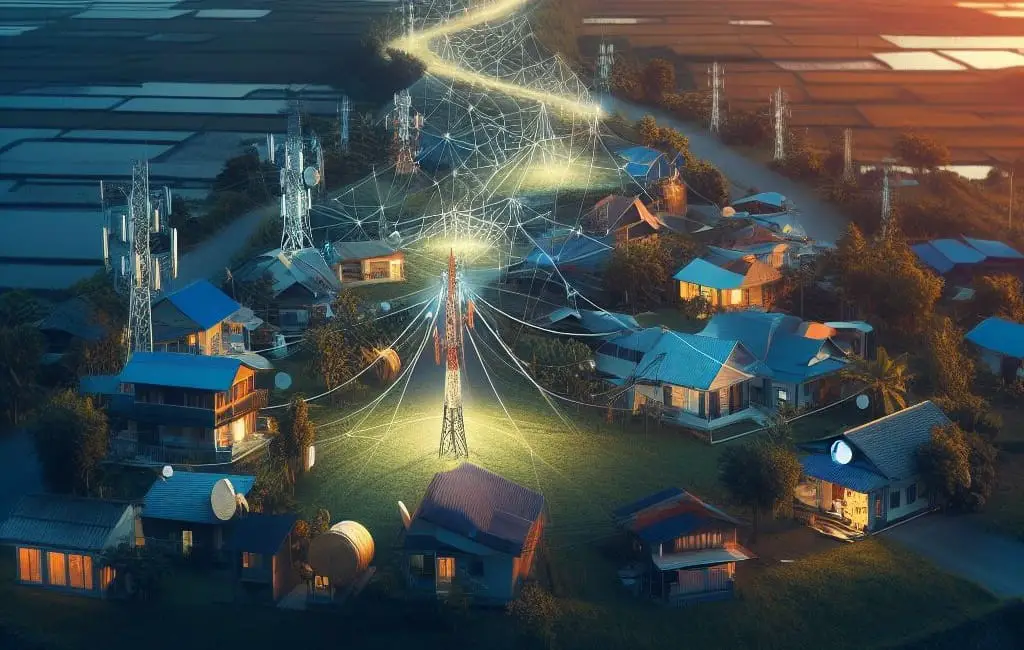Rural areas face a significant connectivity gap in telecom services compared to urban regions. This disparity arises from infrastructural challenges, cost concerns, and limited digital literacy.
Addressing this gap is crucial, as consistent telecom connectivity is a vital modern-day necessity, impacting economic opportunities, social interactions, and healthcare services.
This article will explore how to bridge the telecom connectivity gap in rural areas. We’ll discuss why connectivity is so crucial, explore the challenges those living in remote communities face, and then illuminate some innovative solutions to address this issue.
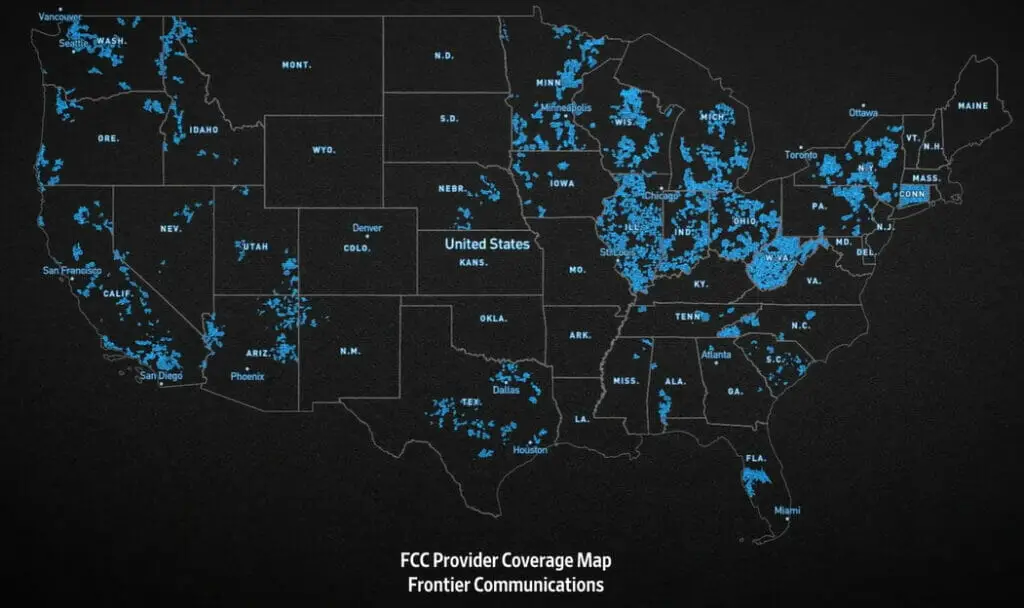
Understanding the Connectivity Gap
Let’s dive deep into this issue. It’s essential to discuss what we mean by the “connectivity gap.” In layman’s terms, it refers to the stark disparity between urban and rural areas regarding access to telecommunication services.
But why does this gap exist? Well, there are a few culprits.
- Infrastructure. It’s significantly more expensive for telecom companies to install towers or cables in sparsely populated rural areas than in densely packed cities. The return on investment doesn’t stack up.
- Affordability. Even when infrastructure is available, many rural dwellers can’t afford the cost of data packages or devices needed to connect.
- Digital literacy. Understanding how to use technology effectively and safely – which often lags behind in these regions.
Here are some stats that paint a clearer picture:
| Statistic | Details |
|---|---|
| Internet penetration rates | 87% for urban areas vs. 63% for rural areas (Pew Research Center) |
| Rural residents without broadband | Around 22 million (Federal Communications Commission) |
Impacts of the Connectivity Gap
Let’s dive right into the thick of things.
- Economic Disparity. Rural areas often lack robust telecom infrastructure and miss out on common opportunities in urban settings. Job prospects dwindle as many industries hinge on digital proficiency and connectivity. With limited access to online resources, learning becomes a challenge, too.
- Social Implications. The digital divide can lead to isolation and exclusion among those living “off the grid.” In today’s world, where social interaction is increasingly moving online, the lack of consistent internet service puts rural dwellers at a disadvantage.
- Healthcare Services. They’re severely impacted by poor telecom connectivity in rural regions. Telemedicine has been growing by leaps and bounds, but its benefits haven’t reached several remote corners yet due to inadequate networking facilities.
Case Studies: Successful Telecom Implementations in Rural Areas
Let’s dig into some real-life success stories. These are not just theoretical examples – they’ve made a difference in people’s lives.
India’s Bharat Net Project
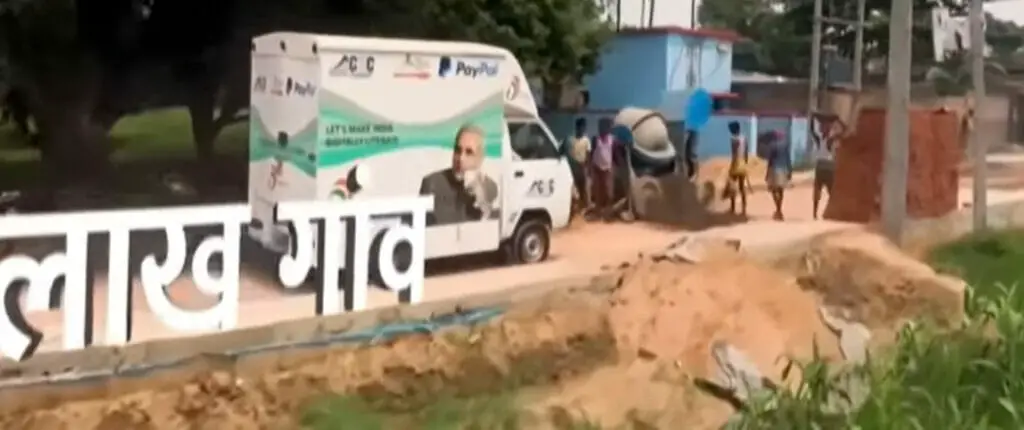
The BharatNet project aimed to connect over 600,000 rural villages with high-speed broadband by laying down an extensive network of fiber optic cables.
Their latest report shows they’ve already connected more than 100,000 villages! This is not just about numbers; it’s about giving people access to opportunities that were previously out of reach.
| Project | Target | Achievement |
|---|---|---|
| BharatNet (India) | 600,000 villages | >100,000 villages |
Australia’s National Broadband Network

Australia’s ambitious National Broadband Network (NBN). Its goal was simple yet grand: provide internet coverage to the entire country. It used a mix of technologies like fiber optics, wireless, and satellite services to ensure every Aussie could enjoy reliable connectivity.
| Project | Goal | Strategy |
|---|---|---|
| NBN (Australia) | Nationwide internet coverage | Use of diverse technologies |
Indonesia’s Desa Digital
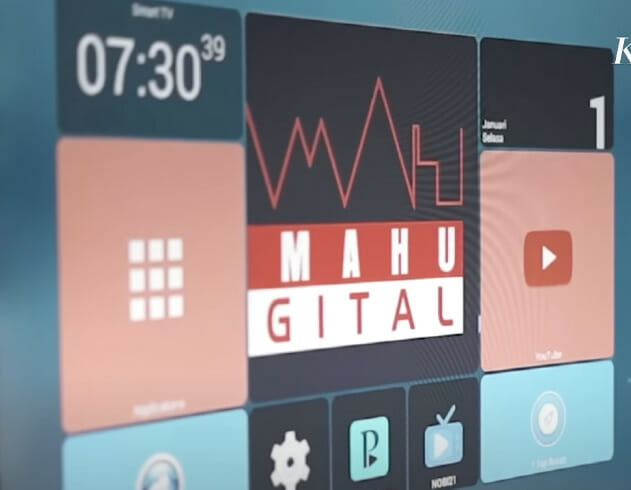
Given its geographic complexity – thousands of islands scattered across vast swathes of the ocean – implementing telecom infrastructure here is no small feat. But Telkomsel didn’t back down from the challenge.
They launched Desa Digital (Digital Village), providing mobile broadband services in remote areas like Papua and West Papua provinces.
Africa’s Irembo
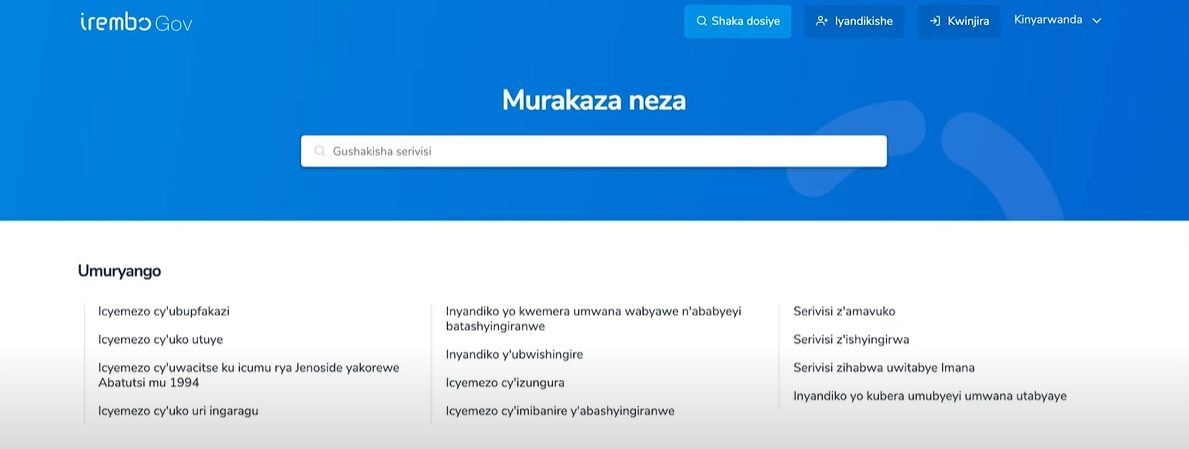
Over on African soil, there’s Rwanda’s visionary project named Irembo. It’s a digital platform enabling citizens to access government services online, like visa application or land title registration.
Potential Solutions to Address the Gap
I’ve got some potential solutions to share.
- Increase Investment in Infrastructure. Now, you might be thinking, “Isn’t that obvious?” Sure, it sounds simple enough, but there are financial challenges involved. Building towers and laying fiber optic cables over vast distances with sparse populations is costly. However, government incentives or public-private partnerships could make these investments more feasible.
- Alternative Technologies. For instance, satellite internet can provide connectivity even in remote locations where traditional broadband services aren’t available. Additionally, projects like Google’s Loon – which uses high-altitude balloons to create an aerial wireless network – show how innovative technology can bridge the gap.
- Community Networks. These are locally owned and managed networks that utilize existing infrastructure, such as schools or libraries, as hubs for internet access points.
- Digital literacy. After all, what’s the point of having access if people don’t know how to use it? Providing training programs on digital skills will ensure that once connectivity improves, everyone can take full advantage of it.

The Future of Rural Connectivity Technology
Let’s talk tech. The telecom industry has been buzzing with innovations, and these advancements aren’t just for the big city. They’re also making waves in rural areas, helping bridge that age-old connectivity gap.
Emerging Technologies in Telecom
- Low Earth Orbit (LEO) Satellites: Not your grandpa’s bulky satellite dishes. Companies like SpaceX’s Starlink are launching these tiny satellites to provide high-speed internet even in the most remote locations. These satellites orbit much closer to Earth, reducing latency and providing faster internet speeds.
- Mesh Networks: Think of this as a web of interconnected devices, each acting as a mini-router. They work together to spread a signal across vast distances, making them perfect for rural areas where traditional infrastructures might be challenging.
- Fiber-Optic Expansion: Fiber isn’t new, but its expansion into rural areas is exciting. It promises blazing-fast speeds and a stable connection.
- 5G and Beyond: We’re not just talking about faster downloads for your latest app. 5G has the potential to revolutionize industries, from farming to healthcare, especially in rural areas.
- Drones and Balloons: Companies are experimenting with drones and balloons to provide temporary internet access in areas hit by natural disasters. This tech could also be used to offer internet in hard-to-reach rural locations.
Tech’s Impact on Rural Life
Imagine a farmer in the Midwest using drones to monitor crops, getting real-time data sent to their device via a fast 5G network. Or a student in a remote village attending a virtual class thanks to a reliable internet connection provided by LEO satellites. That’s the potential of these technologies.
Challenges in Implementing Solutions
Let’s get real here: bridging the telecom connectivity gap, especially in rural areas, isn’t as simple as flipping a switch. There are considerable challenges that can make this task daunting.
- The High Cost of Infrastructure. It’s no secret that establishing and maintaining a reliable telecommunication network requires substantial investment. This includes costs for towers, cables, equipment, and ongoing maintenance. Unfortunately, these expenditures often outweigh potential profits in sparsely populated rural regions.
- Geographical Hurdles. Many rural areas feature challenging landscapes like mountains or vast plains – conditions not conducive to laying miles of cable or setting up signal towers. These geographical barriers can make establishing a robust telecom network technically difficult (and more expensive).
- Limited Skilled Manpower. Expert technicians must install and maintain advanced telecom systems – but finding them locally can be like looking for a needle in a haystack.
- Awareness. We mustn’t overlook that many people living in these areas lack awareness about the benefits of strong telecom connectivity.
Future Outlook
Looking forward, I’m confident that the telecom connectivity gap in rural areas is one we can bridge. Technologies are rapidly evolving, and new strategies are being designed to address this issue.
- Satellite broadband. Companies like SpaceX and OneWeb aim to provide global internet coverage through thousands of small satellites. This could be a game changer for rural areas where laying traditional cables isn’t feasible.
- 5G Technology. With faster speeds and lower latency, it may offer an effective solution for rural connectivity. However, there are still challenges with 5G deployment, including cost, infrastructure requirements, and health concerns.
- TV white spaces (TVWS). This involves utilizing unused broadcasting frequencies in the wireless spectrum. Microsoft’s Airband Initiative has successfully pioneered this technique in various parts of the US.
Urban vs. Rural: The Telecom Connectivity Difference
Let’s dive into the differences between telecom connectivity in urban and rural landscapes.
- Speed and Stability: Urban areas typically enjoy high-speed internet due to the dense infrastructure. The connection is more stable and reliable, with fewer downtimes. On the other hand, rural areas might experience slower speeds and less consistent connections, mainly due to the limited infrastructure available.
- Service Options: In urban environments, residents often have multiple telecom providers, allowing for various services and packages. Rural locations, in contrast, might have limited or even a single service provider, narrowing down the options.
- Access to Digital Services: Thanks to strong connectivity, urban residents have a vast array of digital services, from telemedicine to online education. Due to connectivity constraints, rural areas might not have the same range or quality of digital services.
- Infrastructure Investments: Investments in new telecom technologies typically target urban areas first. This means upgrades, new networks, and improved services roll out faster in cities. With their sparse populations and vast territories, rural areas often see delayed or reduced infrastructure development.
- Pricing: Urban areas usually see more competitive pricing with many service providers. In contrast, rural residents might face higher prices due to limited competition and the high costs of providing services in less populated areas.
- Innovation and Tech Evolution: Urban areas are often at the forefront of tech evolution in telecom. New systems, upgrades, and innovations are introduced here before anywhere else. Rural areas might not see these advancements as quickly, but efforts are being made to accelerate development and bring them up to speed.
Global Perspective on Bridging the Telecom Connectivity Gap

Alright, let’s take this conversation worldwide! While the U.S. grapples with its own rural connectivity challenges, this is by no means a strictly American issue. Let’s hop around the globe and see what the telecom scene looks like in various corners of the world.
Europe
Head over to the European countryside, and you’ll find some areas still playing catch-up. Northern European nations like Sweden and Finland are trailblazers, pushing the envelope with advanced 5G networks even in remote areas.
But head south, and you might see countries like Greece or Bulgaria hustling harder to shrink that connectivity disparity.
Asia
Asia is a mixed bag. On the one hand, you have tech giants like South Korea with insane internet speeds even in its serene countryside. Conversely, places like Cambodia or Laos hustle to enhance basic telecom infrastructures.
But let’s not forget the innovative steps, like how the Philippines uses TV white spaces to extend connectivity!
South America
Diverse terrains from the Andes to the Amazon rainforest present a fair share of challenges. But South America’s not sitting this one out.
Projects in places like Brazil are aiming to lay fiber optic cables across difficult terrains, ensuring even their remote communities aren’t left in the digital dust.
References
Website Resources:
- Pew Research Center: Internet use in the U.S. https://www.pewresearch.org/internet/fact-sheet/internet-broadband/
- Federal Communications Commission (FCC). https://www.fcc.gov/reports-research/reports/broadband-progress-reports/2020-broadband-deployment-report
- Internet Society. https://www.internetsociety.org/
- BharatNet Project. https://usof.gov.in/en/bharatnet-project
- Irembo’s Platform. https://www.irembo.gov.rw/
- NBN Australia. https://www.nbnco.com.au/
- Project Loon. https://loon.com/
- Microsoft’s Airband Initiative. https://www.microsoft.com/en-us/airband/
- Digital Divide Council. http://digitaldividecouncil.com/
Video References:
Wall Street Journal
PIB India
KOMPASTV
Irembo
nbn Australia

